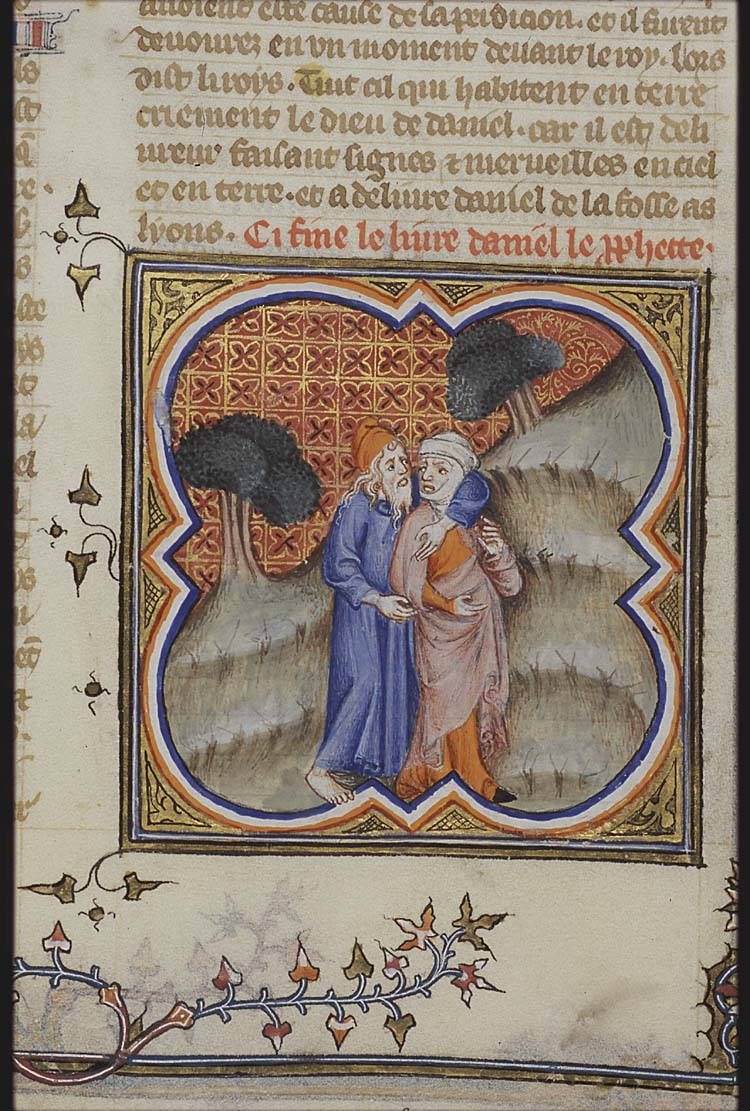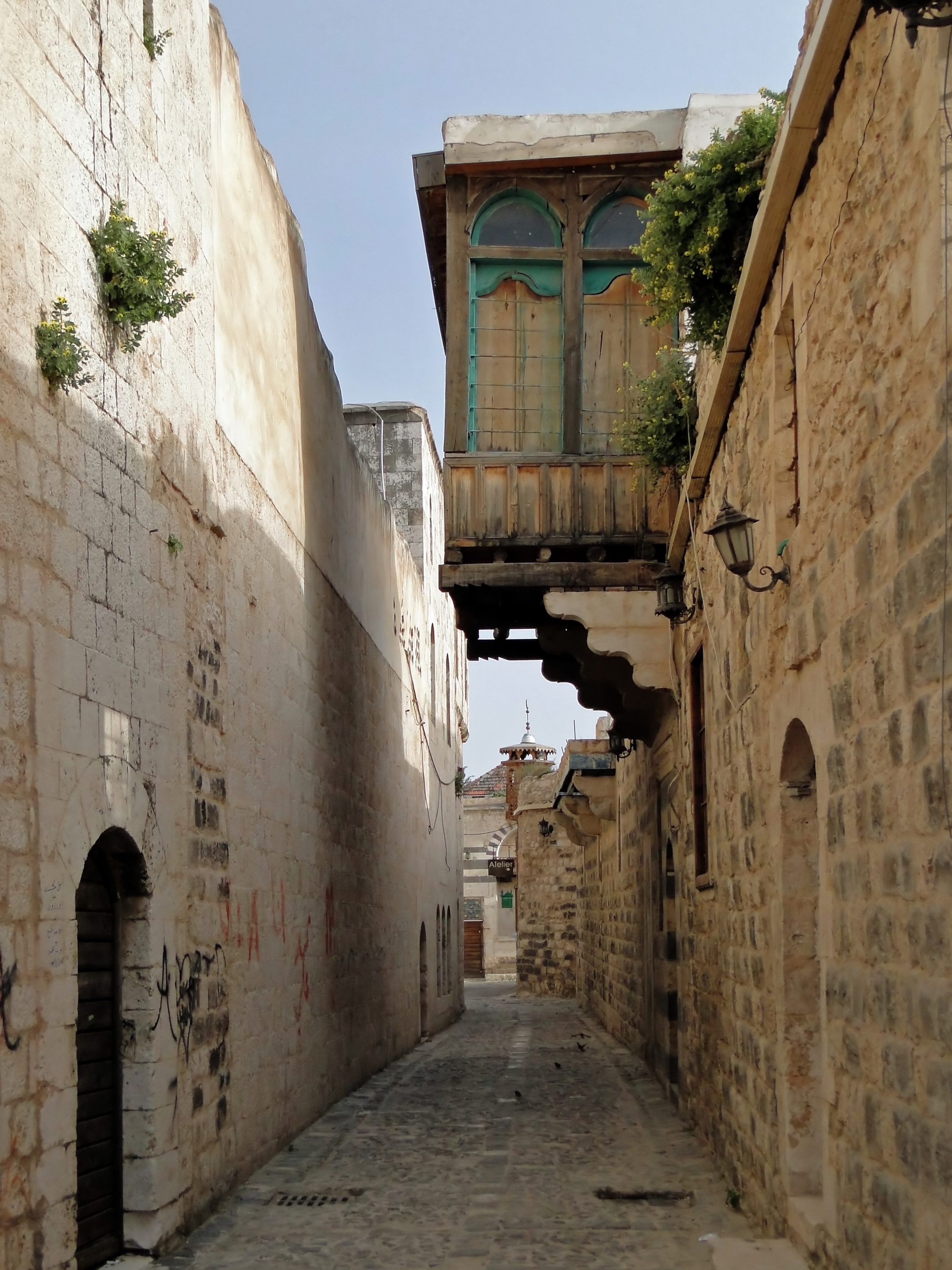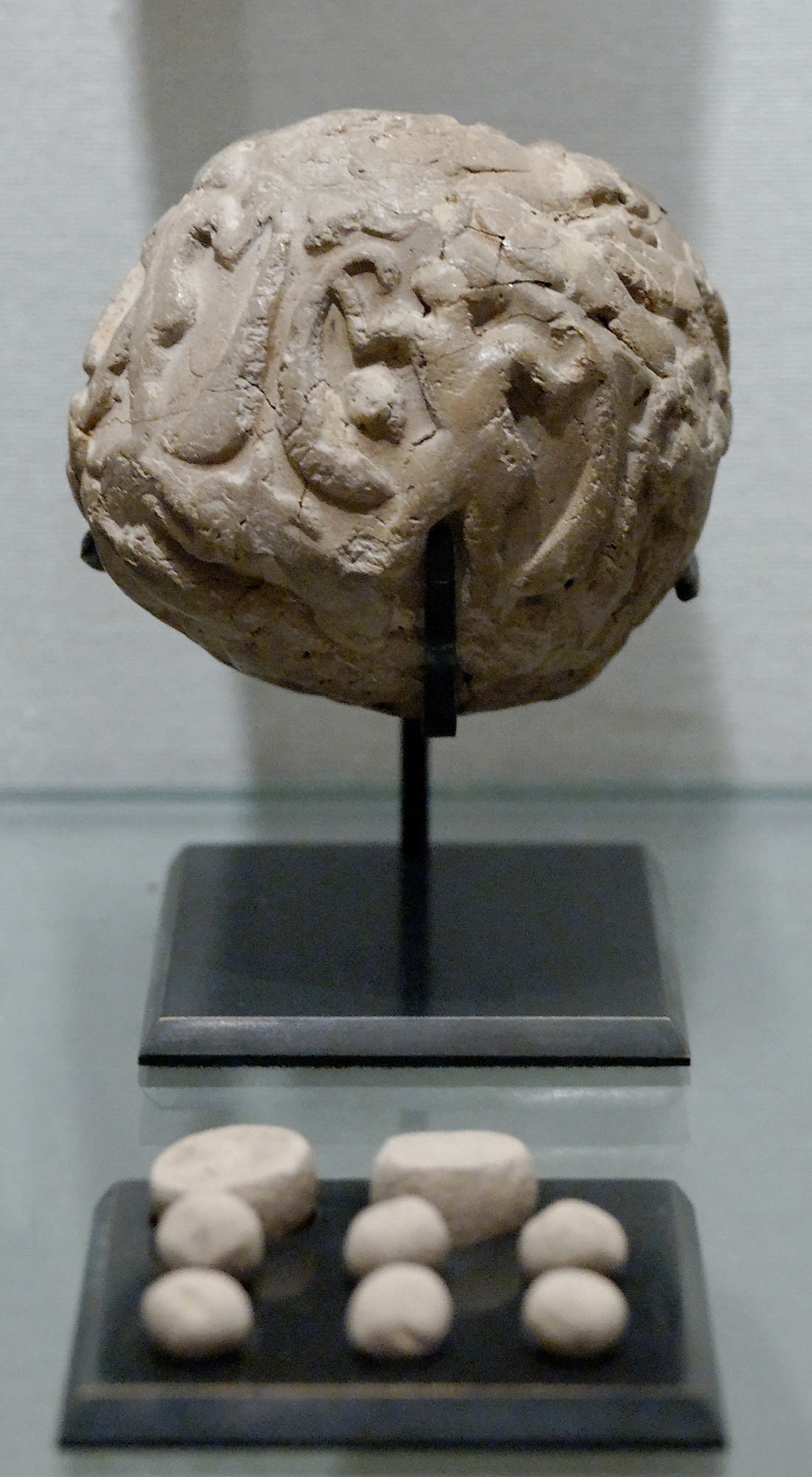|
Hoshea
Hoshea (, ''Hōšēaʿ'', "salvation"; ''A'úsiʾ'' 'a-ú-si-ʾ'' ) was the nineteenth and last king of the northern Kingdom of Israel (or a puppet king) and son of Elah (not the Israelite king Elah). William F. Albright dated his reign to , while E. R. Thiele offered the dates 732–723 BCE. Hoshea, a trusted advisor and companion to King Pekah of Israel, seized power during a time of great turmoil. As the Assyrian Empire invaded Israel's eastern territories, Pekah's grip on the throne began to slip. Sensing an opportunity, Hoshea conspired against his master. In the 20th year of Pekah's reign, Hoshea struck, assassinating the king during a battle against the Assyrians and the children of the east. The Assyrian king, Tiglath-Pileser III, took advantage of Israel's weakened state and installed Hoshea as the new king. However, Hoshea's reign was short-lived, and he soon found himself at the mercy of the Assyrians. Despite paying tribute to the Assyrian Empire, Hoshea eve ... [...More Info...] [...Related Items...] OR: [Wikipedia] [Google] [Baidu] |
Pekah
Pekah (, ''Peqaḥ''; ''Paqaḫa'' 'pa-qa-ḫa'' ) was the eighteenth and penultimate king of Israel. He was a captain in the army of king Pekahiah of Israel, whom he killed to become king. Pekah was the son of Remaliah. Pekah became king in the fifty-second and last year of Uzziah, king of Judah. William F. Albright has dated his reign to 737–732 BC, while E. R. Thiele, following H. J. CookCook, H. J., "Pekah," ''Vetus Testamentum'' 14 (1964) 14121–135. and Carl Lederer, held that Pekah set up in Gilead a rival reign to Menahem's Samaria-based kingdom in Nisan of 752 BC, becoming sole ruler on his assassination of Menahem's son Pekahiah in 740/739 BC and dying in 732/731 BC. This explanation is consistent with evidence of the Assyrian chronicles, which agree with Menahem being king in 743 BC or 742 BC and Hoshea being king from 732 BC. When Pekah allied with Rezin, king of Aram, to attack Ahaz, the king of Judah, Ahaz appealed to Tiglath-Pileser III, the king ... [...More Info...] [...Related Items...] OR: [Wikipedia] [Google] [Baidu] |
The Mysterious Numbers Of The Hebrew Kings
''The Mysterious Numbers of the Hebrew Kings'' (1951) is a reconstruction of the chronology of the kingdoms of Israel and Judah by Edwin R. Thiele. The book was originally his doctoral dissertation and is widely regarded as the definitive work on the chronology of Hebrew Kings. The book is considered the classic and comprehensive work in reckoning the accession of kings, calendars, and co-regencies, based on biblical and extra-biblical sources. Biblical chronology The chronology of the kings of Israel and Judah rests primarily on a series of reign lengths and cross references within the books of Kings and Chronicles, in which the accession of each king is dated in terms of the reign of his contemporary in either the southern Kingdom of Judah or the northern Kingdom of Israel, and fitting them into the chronology of other ancient civilizations. However, some of the biblical cross references did not seem to match, so that a reign which is said to have lasted for 20 years result ... [...More Info...] [...Related Items...] OR: [Wikipedia] [Google] [Baidu] |
Books Of Kings
The Book of Kings (, ''Sefer (Hebrew), Sēfer Malik, Məlāḵīm'') is a book in the Hebrew Bible, found as two books (1–2 Kings) in the Old Testament of the Christian Bible. It concludes the Deuteronomistic history, a history of ancient Israel also including the books of Book of Joshua, Joshua, Book of Judges, Judges, and Books of Samuel, Samuel. Biblical commentators believe the Books of Kings mixes legends, folktales, miracle stories and "fictional constructions" in with the annals for the purpose of providing a Theology, theological explanation for the Siege of Jerusalem (587 BC), destruction of the Kingdom of Judah by Babylon in c. 586 BC and to provide a foundation for a return from Babylonian captivity, Babylonian exile.Sweeney, p1/ref> The two books of Kings present a history of ancient Israel and Judah, from the death of King David to the release of Jehoiachin from imprisonment in Babylon—a period of some 400 years (). Scholars tend to treat the books as cons ... [...More Info...] [...Related Items...] OR: [Wikipedia] [Google] [Baidu] |
Hosea
In the Hebrew Bible, Hosea ( or ; ), also known as Osee (), son of Beeri, was an 8th-century BC prophet in Israel and the nominal primary author of the Book of Hosea. He is the first of the Twelve Minor Prophets, whose collective writings were aggregated and organized into a single book in the Jewish Tanakh by the Second Temple period (forming the last book of the Nevi'im) but which are distinguished as individual books in Christianity. Hosea is often seen as a "prophet of doom", but underneath his message of destruction is a promise of restoration. The Talmud claims that he was the greatest prophet of his generation. The period of Hosea's ministry extended to some sixty years, and he was the only prophet of Israel of his time who left any written prophecy. Most scholars since the nineteenth and twentieth centuries have agreed on the contemporaneous dating of Hosea and the Book of Hosea to the time of Jeroboam II, although some redaction-critical studies of Hosea since ... [...More Info...] [...Related Items...] OR: [Wikipedia] [Google] [Baidu] |
Osorkon IV
Usermaatre Osorkon, designated Osorkon IV, was an ancient Egyptian pharaoh during the late Third Intermediate Period. Long considered the last king of the 22nd Dynasty, he was '' de facto'' little more than ruler in Tanis and Bubastis, in Lower Egypt and is now generally grouped in the Tanite 23rd Dynasty. He is generally – though not universally – identified with the King Shilkanni () mentioned by Assyrian sources, and with the biblical So, King of Egypt ( ''Sōʾ'') mentioned in the second Books of Kings (17:4). Osorkon ruled during one of the most chaotic and politically fragmented periods of ancient Egypt, in which the Nile Delta was dotted with small Libyan kingdoms and principalities and ''Meshwesh'' dominions; as the last heir of the Tanite rulers, he inherited the easternmost parts of these kingdoms, the most involved in all the political and military upheavals that soon would afflict the Near East. During his reign, he had to face the power of, and ultimately submi ... [...More Info...] [...Related Items...] OR: [Wikipedia] [Google] [Baidu] |
Rezin
Rezin of Aram (, ; ; *''Raḍyan''; ) was an Aramean King ruling from Damascus during the 8th century BC. During his reign, he was a tributary of King Tiglath-Pileser III of Assyria. Lester L. Grabbe, ''Ancient Israel: What Do We Know and How Do We Know It?'' (New York: T&T Clark, 2007): p.134 Biography Rezin conspired with a number of Levantine kings (e.g., Hiram II of Tyre) to rebel against Tiglath-Pileser III. Rezin's reign ended in 732 BC, when Tiglath-Pileser III sacked Damascus and annexed Aram: In order to save his life, he (Raḫiānu) fled alone and entered the gate of his city ikea mongoose. I maled his foremost men alive while making (the people of) his land watch. For forty-five days I set up my camp rond his city and confined him (there) like a bird in a cage. I cut down his plantations, ....., (and) orchards, which were without number; I did not leave a single one (standing). I surrounded (and) captured he city ...��ādara, the ancestral home of Raḫiā ... [...More Info...] [...Related Items...] OR: [Wikipedia] [Google] [Baidu] |
Kingdom Of Israel (Samaria)
The Kingdom of Israel ( ), also called the Northern Kingdom or the Kingdom of Samaria, was an History of ancient Israel and Judah, Israelite kingdom that existed in the Southern Levant during the Iron Age. Its beginnings date back to the first half of the 10th century BCE. It controlled the areas of Samaria, Galilee and parts of Transjordan (region), Transjordan; the former two regions underwent a period in which a large number of new settlements were established shortly after the kingdom came into existence. It had four capital cities in succession: Shiloh (biblical city), Shiloh, Shechem, Tirzah (ancient city), Tirzah, and the Samaria (ancient city), city of Samaria. In the 9th century BCE, it was ruled by the Omrides, Omride dynasty, whose political centre was the city of Samaria. According to the Hebrew Bible, the territory of the Twelve Tribes of Israel was once amalgamated under a Kingdom of Israel (united monarchy), Kingdom of Israel and Judah, which was ruled by the Ho ... [...More Info...] [...Related Items...] OR: [Wikipedia] [Google] [Baidu] |
List Of Biblical Figures Identified In Extra-biblical Sources
These are biblical figures unambiguously identified in contemporary sources according to scholarly consensus. Biblical figures that are identified in artifacts of questionable authenticity, for example the Jehoash Inscription and the bullae of Baruch ben Neriah, or who are mentioned in ancient but non-contemporary documents, such as David and Balaam,Identified in the Tel Dan Stele and the Deir Alla Inscription respectively. are excluded from this list. Hebrew Bible Although the first mention of the name 'Israel' in archaeology dates to the 13th century BC, contemporary information on the Israelite nation prior to the 9th century BC is extremely sparse.Kelle, Brad E., ''Ancient Israel at War 853–586 BC'', Osprey Publishing, 2007, pp. 8–/ref> In the following centuries a small number of local Hebrew documents, mostly Seal (emblem), seals and bullae, mention biblical characters. Still, more extensive information is available in the royal inscriptions from neighbouring ki ... [...More Info...] [...Related Items...] OR: [Wikipedia] [Google] [Baidu] |
Babylon
Babylon ( ) was an ancient city located on the lower Euphrates river in southern Mesopotamia, within modern-day Hillah, Iraq, about south of modern-day Baghdad. Babylon functioned as the main cultural and political centre of the Akkadian-speaking region of Babylonia. Its rulers established two important empires in antiquity, the 19th–16th century BC Old Babylonian Empire, and the 7th–6th century BC Neo-Babylonian Empire. Babylon was also used as a regional capital of other empires, such as the Achaemenid Empire. Babylon was one of the most important urban centres of the ancient Near East, until its decline during the Hellenistic period. Nearby ancient sites are Kish, Borsippa, Dilbat, and Kutha. The earliest known mention of Babylon as a small town appears on a clay tablet from the reign of Shar-Kali-Sharri (2217–2193 BC), of the Akkadian Empire. Babylon was merely a religious and cultural centre at this point and neither an independent state nor a large city, s ... [...More Info...] [...Related Items...] OR: [Wikipedia] [Google] [Baidu] |
Kutha
Kutha, Cuthah, Cuth or Cutha (, Sumerian: Gû.du8.aki, Akkadian: Kûtu), modern Tell Ibrahim (also Tell Habl Ibrahlm) (), is an archaeological site in Babil Governorate, Iraq. The site of Tell Uqair (possibly ancient Urum) is just to the north. The city was occupied from the Akkadian period until the Hellenistic period. The city-god of Kutha was Meslamtaea, related to Nergal, and his temple there was named E-Meslam. Archaeology Kutha lies on the right bank of the eastern branch of the Upper Euphrates river, north of Nippur and around 25 miles northeast of the ancient cite of Babylon. The site consists of two settlement mounds. The larger main mound is 0.75 miles long and crescent-shaped. A smaller mound is located to the west, in the hollow of the crescent. The two mounds, as is typical in the region, are separated by the dry bed of an ancient canal, probably the Shatt en-Nil but possibly the Irninna, in any case leading from the Euphrates. The first archaeologist to exam ... [...More Info...] [...Related Items...] OR: [Wikipedia] [Google] [Baidu] |
Hama
Hama ( ', ) is a city on the banks of the Orontes River in west-central Syria. It is located north of Damascus and north of Homs. It is the provincial capital of the Hama Governorate. With a population of 996,000 (2023 census), Hama is one of the four largest cities in Syria, with Damascus, Aleppo and Homs, Also notably being the only Governorate with no land borders with any foreign countries, Hama is also known for its Cheese-making tradition, notably reflected in a signature local dessert Halawet el Jibn. The city is renowned for its seventeen norias used for watering the gardens, Which are claimed to date back to 1100 BC. Though historically used for irrigation, the norias today are purely for show for the local population. History The ancient settlement of Hamath was occupied from the early Neolithic to the Iron Age. Neolithic The stratigraphy is very generalized, which makes detailed comparison to other sites difficult. Level M ( thick) contained both white ware ... [...More Info...] [...Related Items...] OR: [Wikipedia] [Google] [Baidu] |
Bulla (seal)
A bulla (Medieval Latin for "a round seal", from Classical Latin ''bulla'', "bubble, blob"; plural bullae) is an inscribed clay, soft metal (lead or tin), bitumen, or wax token used in commercial and legal documentation as a form of authentication and for tamper-proofing whatever is attached to it (or, in the historical form, contained in it). In their oldest attested form, as used in the ancient Near East and the Middle East of the 8th millennium BC onwards, bullae were hollow clay balls that contained other smaller tokens that identified the quantity and types of goods being recorded. In this form, bullae represent one of the earliest forms of specialization in the ancient world, and likely required skill to create. From about the 4th millennium BC onwards, as communications on papyrus and parchment became widespread, bullae evolved into simpler tokens that were attached to the documents with cord, and impressed with a unique sign (i.e., a seal) to provide the same kind of author ... [...More Info...] [...Related Items...] OR: [Wikipedia] [Google] [Baidu] |








